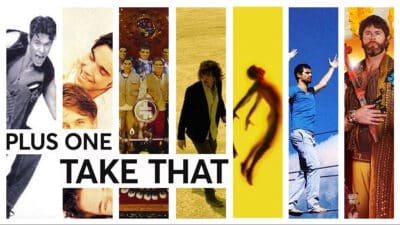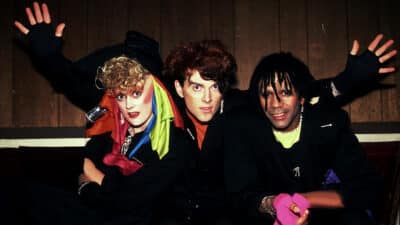Theatre
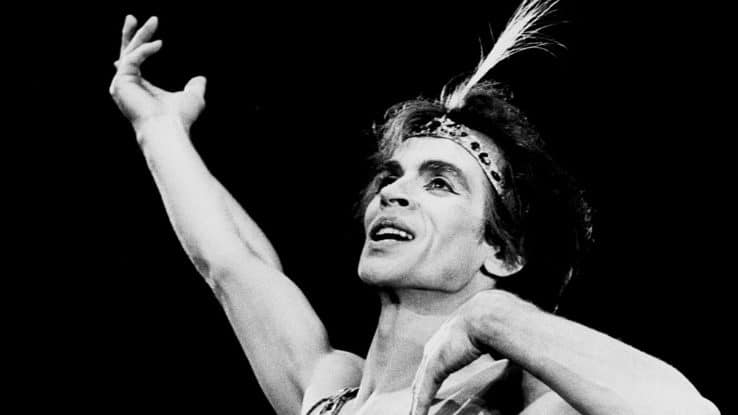
Interview
Nureyev Legend and Legacy: the story behind ballet’s most inspirational new gala show
Former Royal Ballet Principal Nehemiah Kish talks stepping in and out of Rudolf Nureyev’s shadow to help shine a light on his legacy
In the world of ballet, there’s only before Nureyev and after Nureyev. As famous for his remarkable story off-stage as on, Russian born dancer Rudolf Nureyev is the name that revolutionised the artform – the man who crossed borders in more ways than one.
Born in motion on a Trans-Siberian train in the middle of the Soviet Union, Nureyev went on to become the world’s greatest ballet dancer and choreographer. Defecting to the West in 1961, he was hunted by the KGB as his legacy and influence grew – elevating the standard of male dancing, combining classical and modern styles, and helping new audiences discover the transformative power of dance.
Almost 30 years after his death, Nureyev’s name is being celebrated again over five gala performances taking place between September 5-12 at the Theatre Royal Drury Lane, with Nureyev Legend And Legacy bringing together a cast of dancers from the most illustrious ballet companies in the world.
Former Royal Ballet Principal Nehemiah Kish is curating a programme of nine classical excerpts representing highlights in Nureyev’s career, with dancers representing The Royal Ballet, Paris Opera Ballet, Dutch National Ballet, National Ballet of Canada, and the English National Ballet taking the stage.
With Kish selecting each piece to try and represent a different aspect of Nureyev’s remarkable life and work – from a solo in The Sleeping Beauty to a folk Pas de Deux from Gayane – the curation of the gala proved the biggest challenge of all.
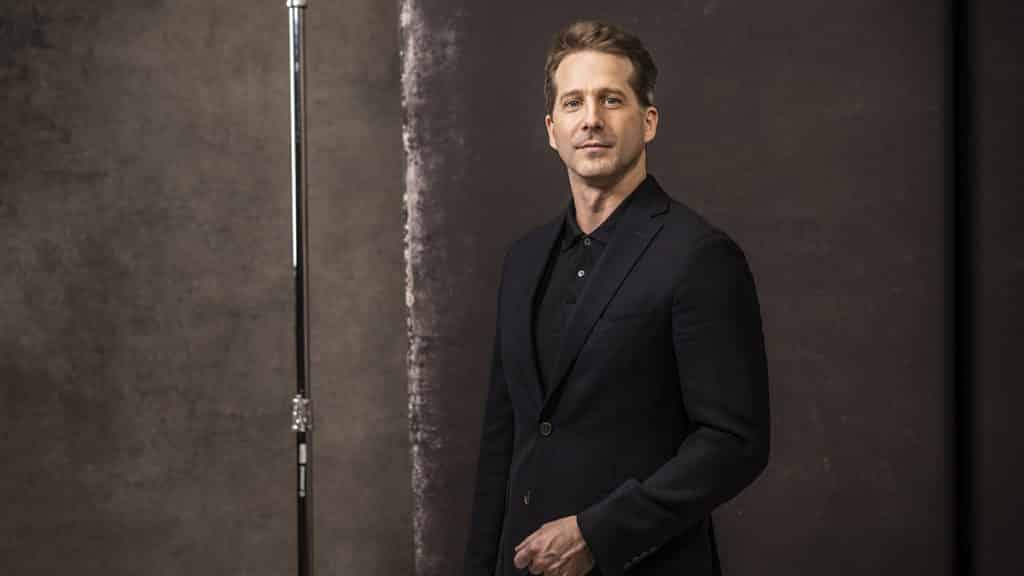
Credit: Johan Persson
What’s your own history with Nureyev? When did you first become aware of him?
From the time I began dancing, Nureyev was synonymous with classical ballet. And when I began my professional training I was coached by people who knew him personally. All through my professional career I was working closely with people who were sharing these wonderful stories about him. These were stories about being on tour with Nureyev; personal, private stories about all aspects of him.
Of course I studied him as a dancer, but I think it was really interesting how he impacted so many people so personally. It’s just so extraordinary that one person can impact an entire art form so profoundly.
From a professional perspective, what was it about Nureyev that made him remarkable?
It’s interesting because when I began dancing I entered into an environment where Nureyev had already elevated the role of the male dancer. So that’s all I ever knew. But when Nureyev came to the West he staged classical works that he had performed, but he also inserted additional male solos to really put the male dancer on par with the ballerina. Classical ballet was really all about celebrating the female ballerina, and he changed all of that. Technically, I mean, looking at film of him in the early 60s, I think it’s very easy to say that his ability would rival any of the dancers that we see today. In ballet we build on the knowledge and expertise of previous generations, so standards tend to raise, but Nureyev’s ability will always hold up remarkably well.
Where did the idea for this gala celebration begin for you?
A few years ago, shortly after I retired from the stage, I began really thinking about how Nureyev impacted the entire artform so broadly, and so internationally. The ballet world that we exist in today continues to be shaped by Nureyev’s legacy, and all of us dancers owe a tremendous amount of gratitude.
And so I approached the producers David Banks and Gabrielle Tana. David was a former chair of the National Ballet of Canada, and Gabrielle had recently produced The White Crow, the Nureyev film with Ralph Fiennes. And from there the conversations really began with The Nureyev Foundation, and it became this idea to bring in international dancers to celebrate that legacy. As soon as we started we attracted some of the greatest stars in the world, and that really speaks to how much Nureyev means to everyone.
How important was that though, that this become such an international production?
It was fundamental I think. We’ve had involvement from the National Ballet of China, the Australian ballet, the Boston Ballet, the English National Ballet and companies throughout Europe, but also from Argentina and beyond. Nureyev left such an incredible mark internationally, so bringing in dancers from around the world was important to try and show that, but I think too that Nureyev is also a symbol of artists transcending borders. Dance is a community, and ballet has certainly been my own passport to the world, and I think Nureyev exemplifies that.
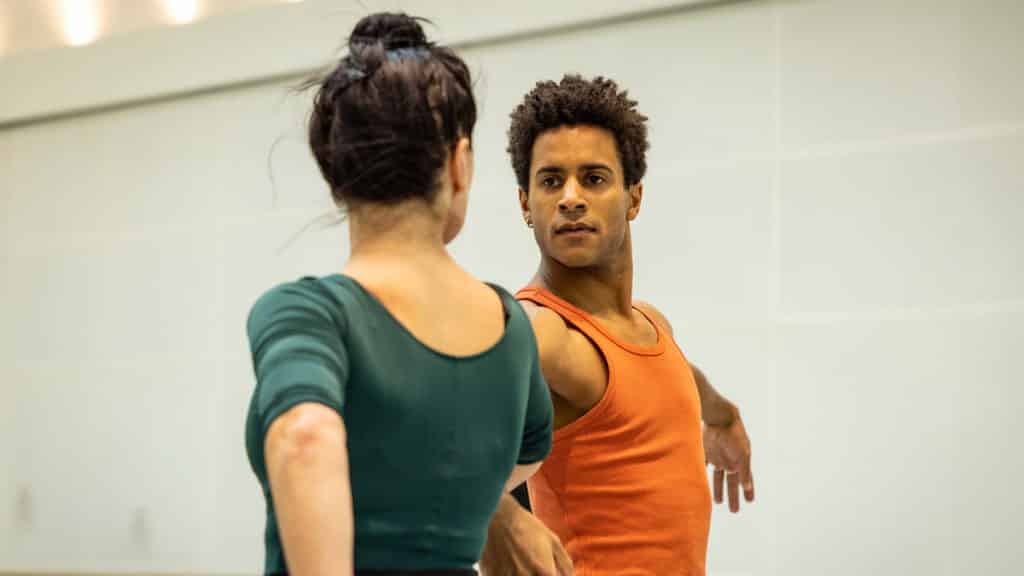
Credit: Andre Uspenski
Presumably this company of dancers from all over the world all came with their own stories to tell of Nureyev?
Absolutely, and this has been one of the great pleasures of staging this gala for me. Natascha Mair, who is one of the great principal ballerinas of the English National Ballet, was born and trained in Austria. And it was one of Nureyev’s protegees who was the director of the Vienna State Opera Ballet who selected Natascha from school to join the company, and she was coached by him in many of Nureyev’s productions.
And then equally we have young Marianna Tsembenhoi who won the Youth America Grand Prix and received a scholarship from The Rudolf Nureyev Foundation to study at the Royal Ballet School. Nureyev left instructions for that foundation, and that support for young dancers is so very important. Everyone I think, individually, has their own their own connection.
How did you begin bringing all of these stories and all of this legacy together? Where did you start with the selection of the pieces for the gala?
I went back to when he first arrived in London, in 1961, and his first performance at the Theatre Royal Drury Lane, and I also selected some repertoire from his early years. But then it was also about selecting the pieces that have connections to Nureyev’s life story. So, for example, we have Gayane, which is a reconstruction of Rudolph’s choreography, which was very much a folk inspired choreography. It reflects his beginning in folk dance before he began training in ballet professionally, but it was also used as his early BBC appearance with Margot Fontaine. So I think with each piece it was about finding multiple points of importance to his career, but also those that are fundamentally just very entertaining and fun to watch.
“Legend” is the other side of this legacy I suppose – the image some people have of Nureyev being this almost mythic figure. Did you want to celebrate that side of him too or were you more interested celebrating the real man?
Well, you know, the classic story of Nureyev being born on a train is something that really resonates with me personally. It’s this idea that a dancer, an artist, can come from anywhere, regardless of background and circumstances. Nureyev certainly came from a very difficult upbringing, and I think that’s something that’s important to highlight because all of our dancers are coming from different backgrounds too. So I really wanted this to be a celebration of Nureyev’s life journey, and what that represented, as well as highlighting different aspects of his performing career.
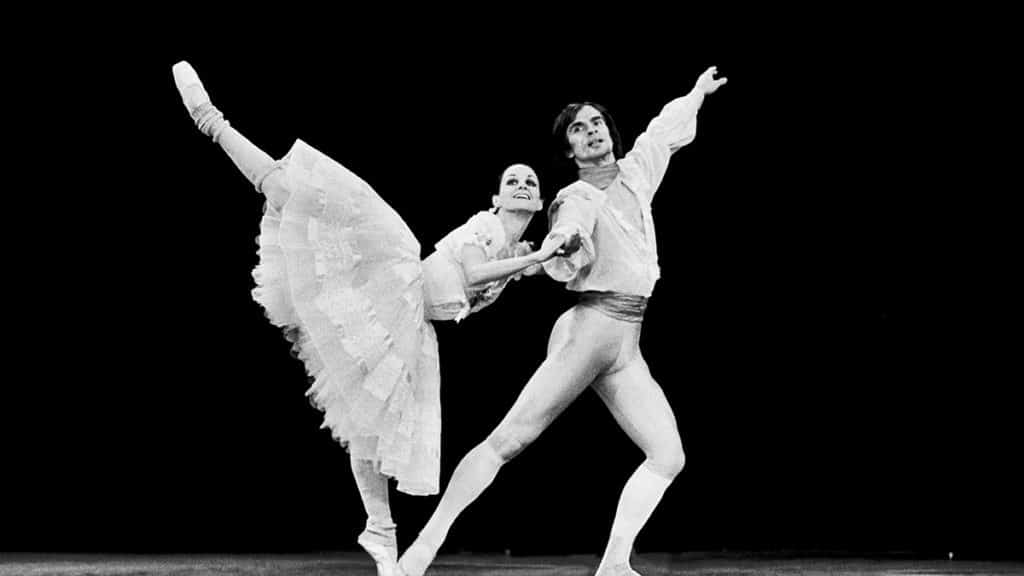
Credit: Francette Levieux
How much responsibility was this for you? You’ve been a Principle at The Royal Ballet and performed for millions at the London Olympics closing ceremony… how does carrying this legacy compare?
We certainly knew we needed to be ambitious. There are many people who will have seen Rudolph perform, and who will have great memories of those performances, so it’s very important for me that every aspect of the production is absolutely perfect. It’s an incredible responsibility, being entrusted with presenting this celebration of Rudolph Nureyev. As a performer, you have a responsibility to your audience and to your colleagues, but this is also taking on an additional dimension of being respectful to a great memory.
But it’s exciting too. I’m excited for what people will see. It’s shaping up into everything that we were hoping it would be at this point!
As well as those that will have seen Nureyev perform there will also be plenty of others who maybe only know him by name. Are you looking forward to introducing new audiences to his work?
Absolutely. I really hope this will reach out to people who are not even familiar with ballet. By presenting at the Theatre Royal Drury Lane I think we have an opportunity to really reach out beyond the core dance audience, and that’s really exciting. The prospect of introducing some of these classical ballet highlights to a new audience is just thrilling to me. Ultimately, I would love for everyone to see something new, even people who are regular ballet fans. Nureyev is for everyone.
Nureyev Legend and Legacy runs for five nights at the Theatre Royal Drury Lane from September 5-12. Tickets are available here.







